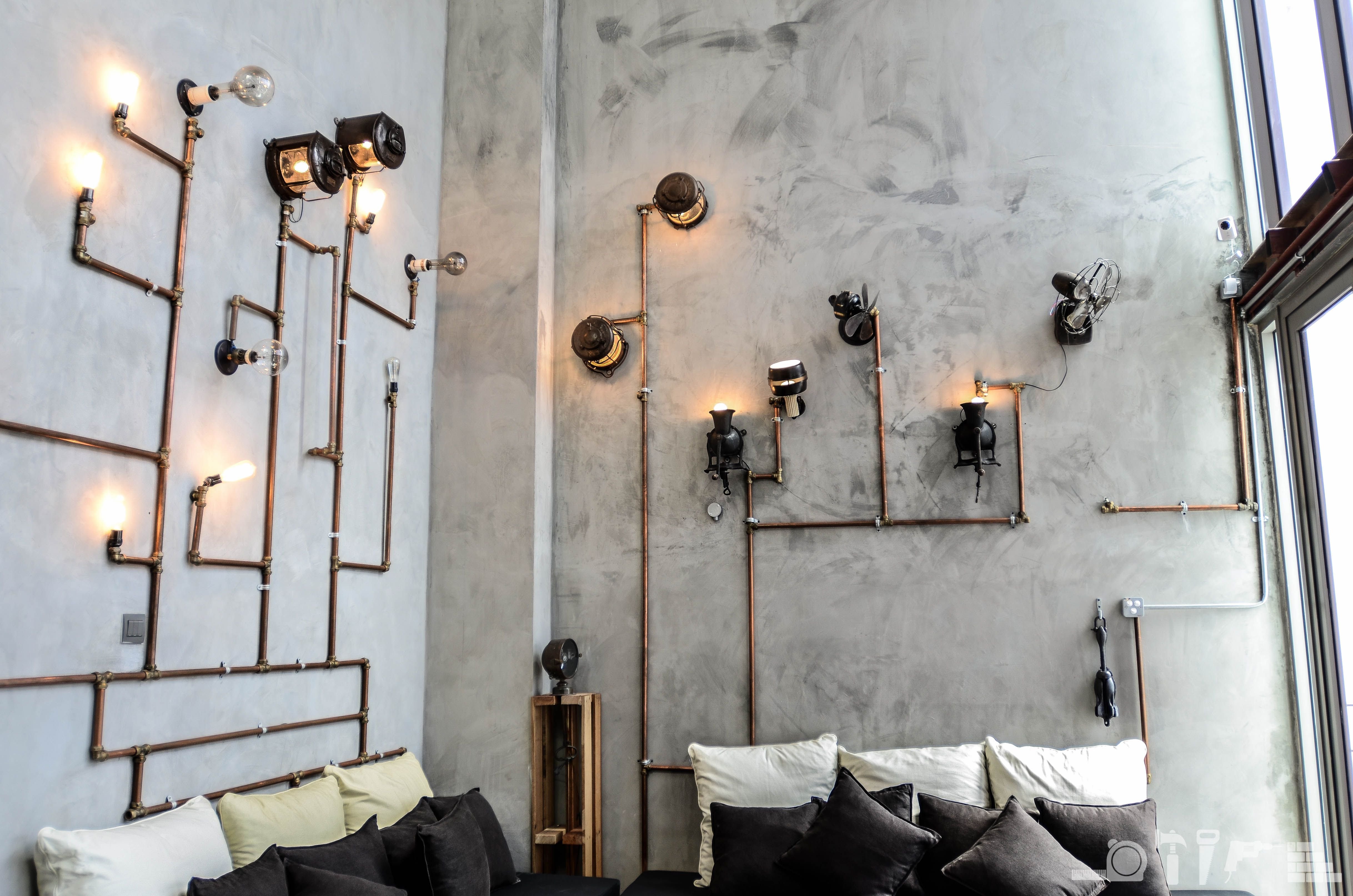
Choosing the Right Electrical Components for Your Renovation Project Oct 13, 2025
To begin, it's essential to understand the scope of your renovation. Are you updating a single room, or are you undertaking a whole-house renovation? The extent of the project will influence the type and amount of electrical components you'll require. This initial step is crucial as it helps in the planning and budgeting stage of your renovation.
Once your scope is defined, the next step is to assess your current electrical system. Is it old and in need of replacement, or does it just need a few updates? Consulting with a professional electrician can help you determine the condition of your existing wiring and whether it's up to current safety standards. You wouldn't want to install modern electrical components on outdated wiring, as this could pose a significant safety risk.
With a clear understanding of your current system, it’s time to select the appropriate components. Firstly, consider the wiring and cables. For most residential renovations, copper wiring is the standard due to its conductivity and durability. However, make sure it matches the gauge suitable for your needs. An electrician can help specify this based on the power requirements of your home.
Another critical component is the circuit breaker. Choosing the right circuit breaker is vital for preventing electrical overloads and ensuring safety. Modern houses typically require circuit breakers that can handle higher loads, especially with the increase in appliances and gadgets. Make sure your circuit breaker has a sufficient amperage rating to handle all your electrical demands.
Switches and outlets are also key components in a renovation project. Innovative options, such as GFCI outlets for kitchens and bathrooms, ensure additional safety by cutting off electricity whenever leakage current is detected. You may also consider USB outlets for added convenience and modernity. Match these components to the aesthetics of your newly renovated spaces to maintain visual harmony.
Lighting is another significant element of any renovation. Opt for energy-efficient LED lighting, which not only reduces utility costs but also lasts longer than traditional incandescent bulbs. LEDs can be fitted in a variety of forms, including dimmable options, which offer flexibility in light control.
Safety should be your foremost priority when selecting electrical components. Invest in high-quality products that meet industry standards, as this can prevent malfunctions and potential hazards. It is also advisable to have all installations and replacements carried out by certified professionals like those at PAG & Sons, ensuring compliance with local regulations and codes.
Finally, consider your future needs. As technology evolves, your electrical system should be adaptable to accommodate new devices and innovations. Selecting components with this in mind will save time and cost on future updates.
To sum up, choosing the right electrical components involves planning, assessing current systems, and selecting materials that prioritize safety and efficiency. By consulting with professionals and considering future needs, you can ensure a successful renovation project. PAG & Sons is here to help you every step of the way, delivering services that guarantee both quality and peace of mind.
/filters:no_upscale()/media/780e364e-ffa6-4930-a63c-710b2f6d8a14.jpg)
/filters:no_upscale()/filters:format(webp)/media/26f7d0f5-556f-4c5d-bbbb-9c42af3c6310.jpeg)